How to Request a Pay Raise with a Letter Template
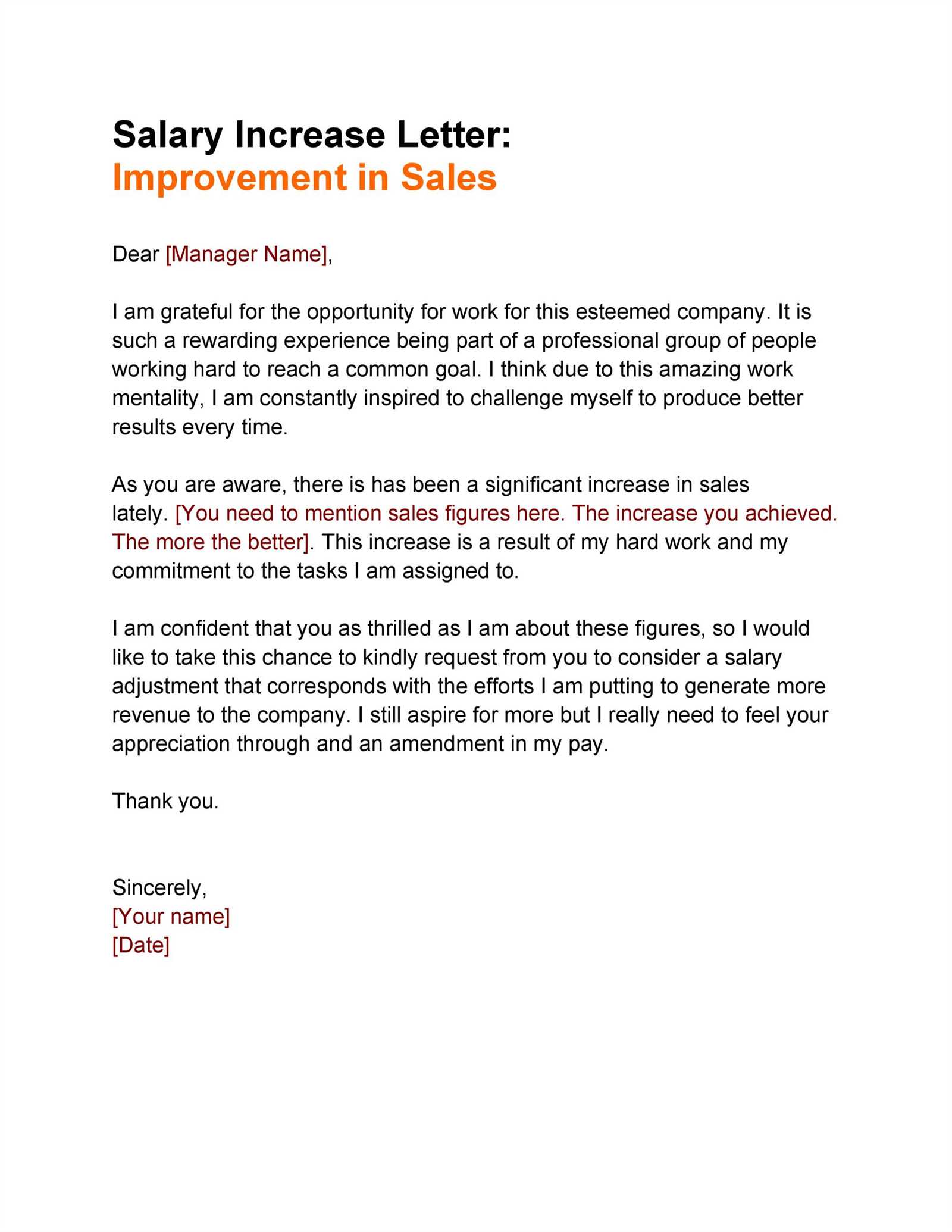
Requesting a salary increase is a significant step in any career. It requires careful thought, preparation, and the ability to express your value to the organization. Knowing how to craft a clear and compelling message is essential to increase your chances of success.
In this section, we’ll guide you through the process of formulating a convincing appeal for better financial recognition. Whether you’re seeking an improvement based on performance, market adjustments, or new responsibilities, the approach is similar: clear communication, professionalism, and confidence.
Crafting the right message requires more than simply stating your desire. It’s about demonstrating why the adjustment is warranted and how you contribute to the company’s success. By highlighting your accomplishments and aligning them with the organization’s goals, you create a compelling case.
Learn the strategies and steps that will help you navigate this conversation with confidence and professionalism.
How to Start Your Compensation Adjustment Request
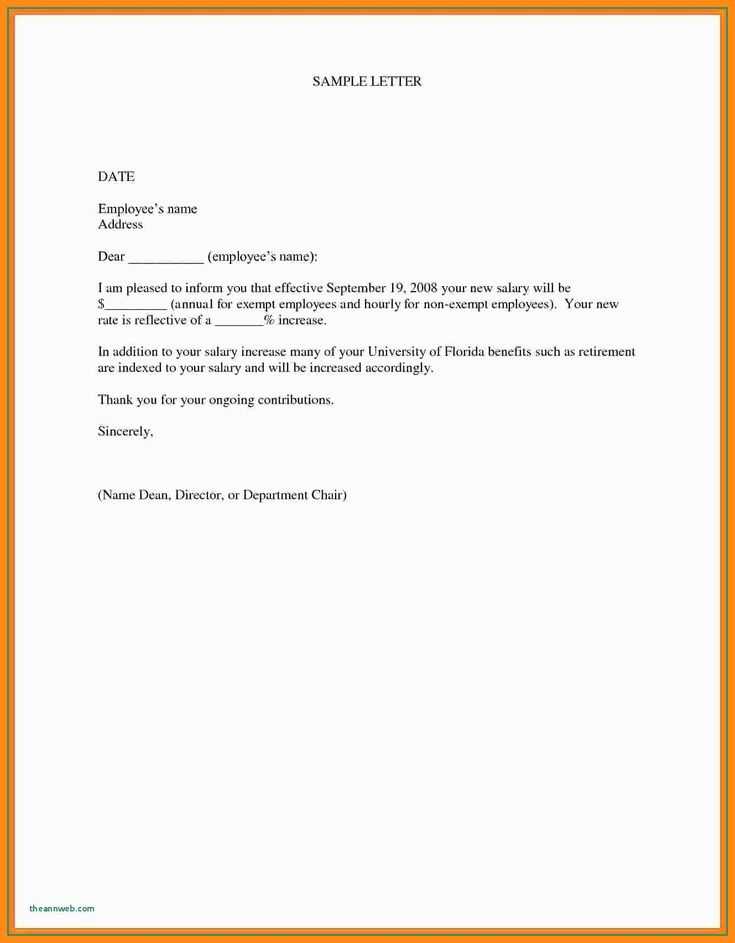
Initiating a request for a better financial package begins with setting the right tone. The first impression you make can determine the outcome, so it’s important to be both professional and confident. This step is crucial in ensuring that your intentions are communicated effectively and that you are seen as someone who is dedicated and deserving of consideration.
Start by outlining your objective clearly, but without demanding or expecting an immediate answer. A polite and respectful tone is key to building a positive atmosphere for the conversation. Instead of focusing solely on your needs, focus on your achievements and the value you’ve added to the company.
Choose the right moment to begin the discussion, ensuring that the timing aligns with company goals or your recent accomplishments. A well-timed conversation will make your request seem more reasonable and aligned with the organization’s priorities.
Establishing a strong foundation at the beginning of this interaction will set the stage for a constructive and thoughtful dialogue.
Key Elements of a Compensation Adjustment Request
When preparing your request for a financial adjustment, it’s essential to structure your message clearly. Focus on presenting your achievements, value to the company, and reasons why the change is warranted. A well-organized approach will allow the recipient to understand your perspective without ambiguity, increasing the chances of a positive outcome.
Showcase Your Contributions
Start by emphasizing the impact you’ve had within the organization. Highlight key achievements, such as project successes, increased responsibilities, or any specific ways you’ve contributed to the company’s growth. This section should focus on demonstrating your role and how it aligns with the company’s success.
State Your Justification
Be sure to provide clear reasoning for why an adjustment is appropriate. This could include market trends, comparisons with industry standards, or changes in your role. Showing how your compensation matches your performance and the value you bring will reinforce your request.
Building Confidence in Your Request
Confidence plays a crucial role when presenting a request for better financial recognition. How you present your case can be just as important as the reasons behind it. Confidence is built through preparation, understanding your worth, and being ready to have a calm, professional discussion. The more certain you are about your value, the more persuasive your appeal will be.
To boost your confidence, consider evaluating your performance and aligning it with company goals. Create a list of key achievements, responsibilities, and any improvements you’ve made in your role. Organizing this information will help you feel more assured during the conversation and show that you’re well-prepared.
| Contribution | Impact |
|---|---|
| Increased sales by 20% | Helped company reach quarterly targets ahead of time |
| Led a successful project | Improved team productivity and customer satisfaction |
| Streamlined internal processes | Reduced operational costs by 15% |
By having clear examples of your contributions, you will feel more confident and be able to make a stronger case for yourself.
How to Format Your Request Professionally
Presenting your request with professionalism is key to making a positive impression. Proper formatting ensures clarity and readability, making it easier for the recipient to understand your message. An organized structure not only demonstrates your attention to detail but also reinforces your seriousness and respect for the person you’re communicating with.
Key Elements of a Professional Format
When structuring your message, include the following essential elements to maintain professionalism:
- Clear subject line: Make sure the purpose of your request is evident from the start.
- Proper greeting: Use a respectful and appropriate salutation to address the recipient.
- Concise body: Stay focused on the key points, keeping the message to the point.
- Polite closing: End with a courteous thank you, expressing appreciation for the recipient’s time and consideration.
Additional Formatting Tips
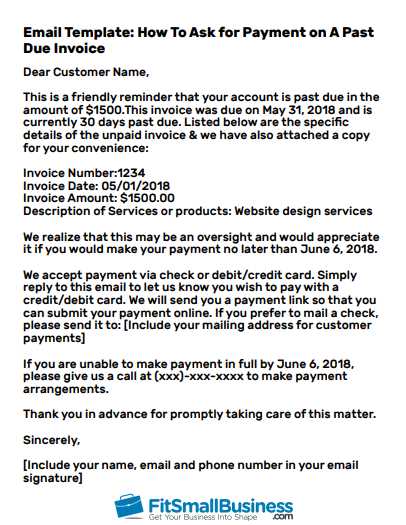
To further enhance your request, consider the following tips:
- Use professional fonts like Arial or Times New Roman in a readable size (typically 11-12 pt).
- Avoid overly complex language. Keep sentences short and to the point.
- Ensure proper spacing, leaving room between paragraphs for easy reading.
- Proofread your request to ensure it’s free of any spelling or grammatical errors.
By following these formatting guidelines, you can ensure that your communication appears polished and well-considered, increasing your chances of a successful outcome.
Common Mistakes to Avoid in Requests
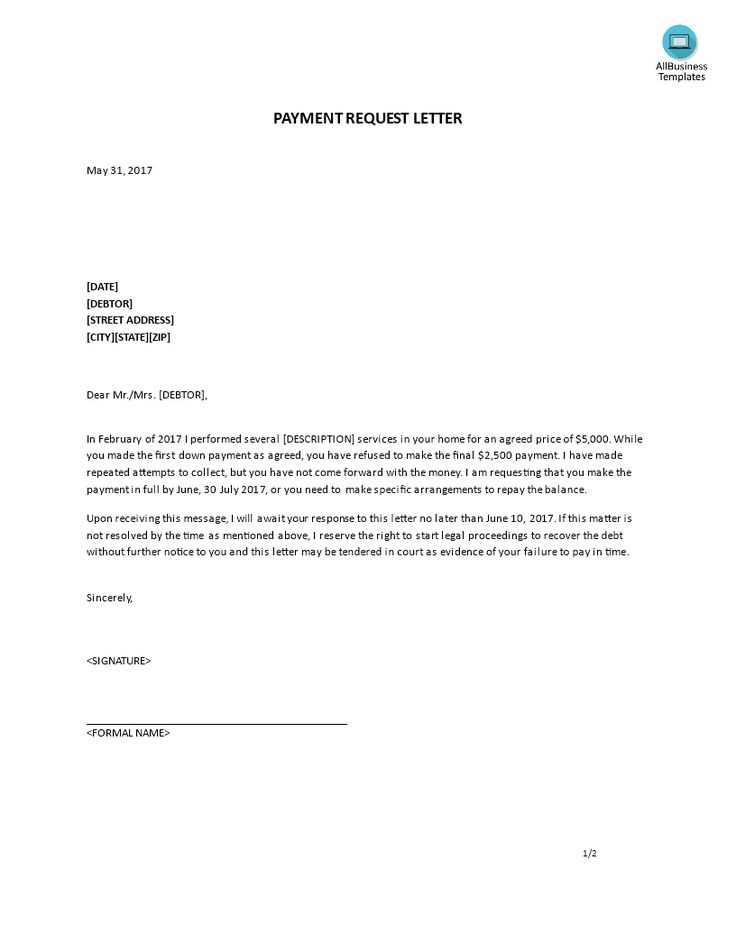
When making a formal request for a compensation adjustment, there are several pitfalls that can negatively impact your approach. Recognizing and avoiding these common errors is key to maintaining professionalism and increasing the likelihood of a positive response. Small missteps in tone, timing, or content can create a negative impression or undermine your credibility.
Overemphasizing Personal Needs
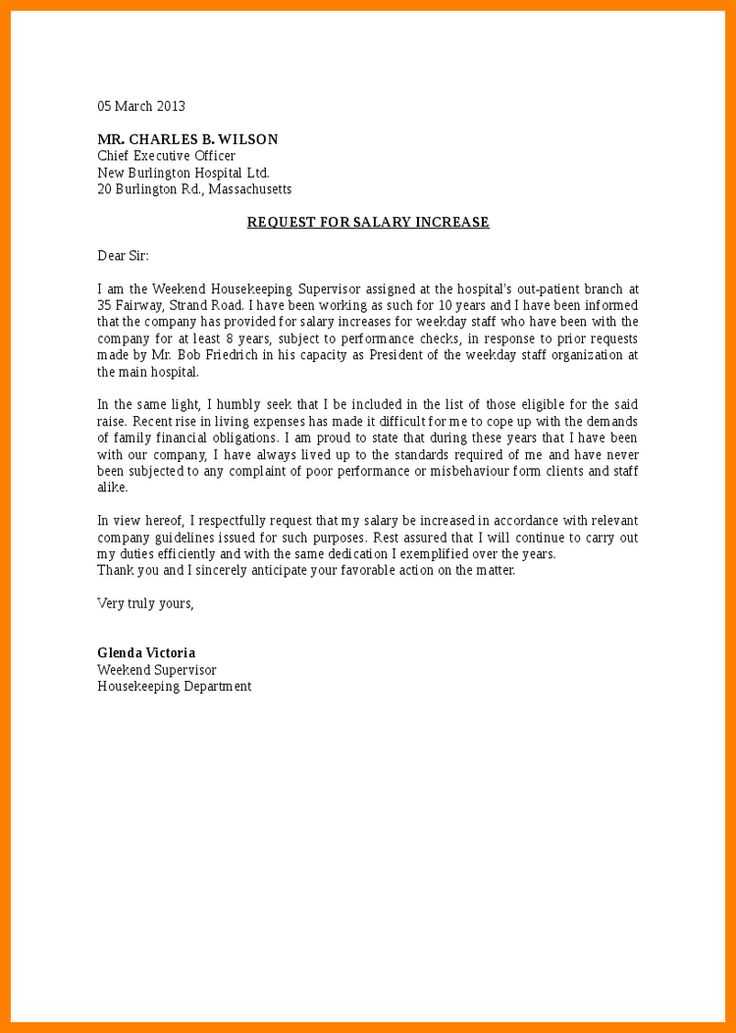
While it’s natural to feel that your financial situation may warrant an adjustment, focusing solely on personal needs or expenses is a mistake. Instead, emphasize your value to the organization and how your performance and contributions justify the request. By doing so, you present a more compelling case that aligns with the company’s goals and priorities.
Being Too Aggressive or Demanding
Approaching the conversation with a demanding or confrontational attitude can hurt your chances. Keep the tone respectful and constructive. A tone that suggests entitlement or ultimatums can cause the recipient to feel defensive, making them less likely to consider your request favorably.
Avoiding these mistakes helps you present a well-reasoned and professional request, setting the stage for a productive discussion.
What to Do After Sending the Request
After submitting your formal request for better compensation, it’s important to remain patient and strategic. The next steps are crucial in managing expectations and maintaining professionalism throughout the process. This phase involves being prepared for follow-up conversations and demonstrating continued value to the organization.
Follow Up Appropriately
If you haven’t received a response after a reasonable amount of time, it’s acceptable to send a polite follow-up. Timing is key; wait about one to two weeks before reaching out. A brief and courteous message can remind the recipient of your request without seeming pushy. Be sure to express gratitude for their consideration, regardless of the outcome.
Continue Demonstrating Value
During the waiting period, it’s vital to keep delivering exceptional results in your role. Consistency is important as it reinforces your contributions and strengthens your case. By focusing on ongoing performance, you’re signaling to your employer that you’re a key asset to the team, which could increase the chances of a positive response.
By following these steps, you can ensure a professional approach that reflects your commitment and respect for the decision-making process.